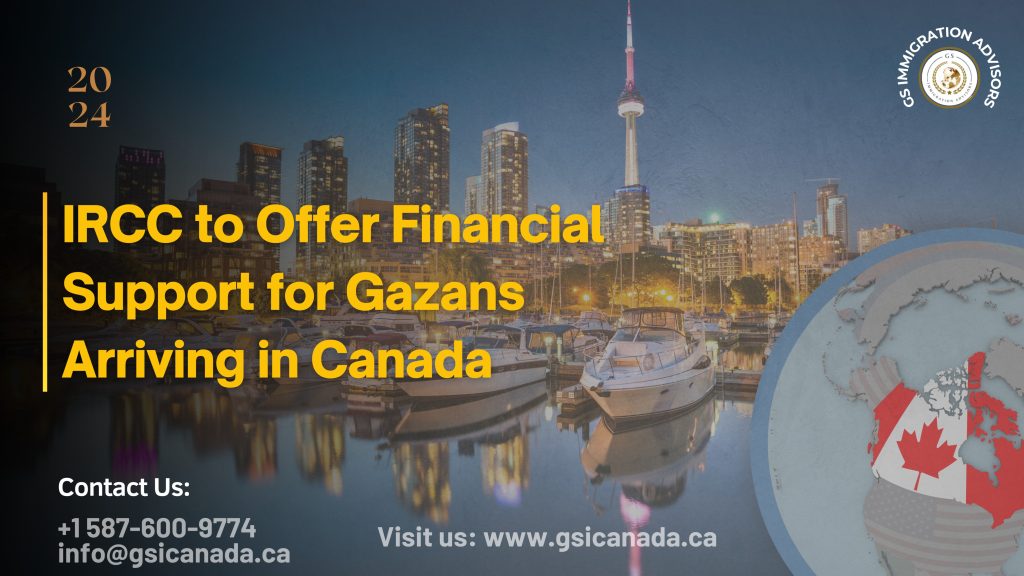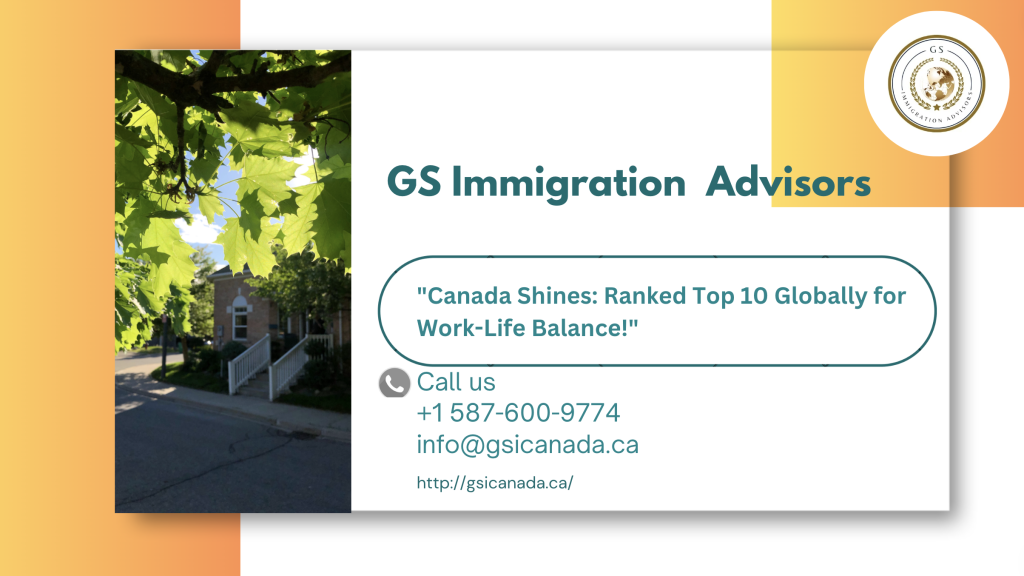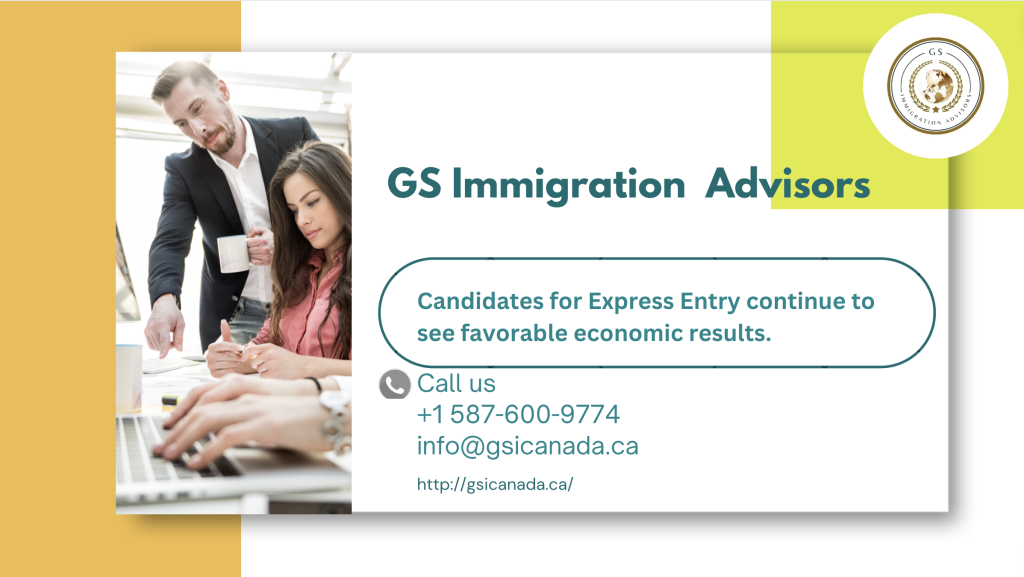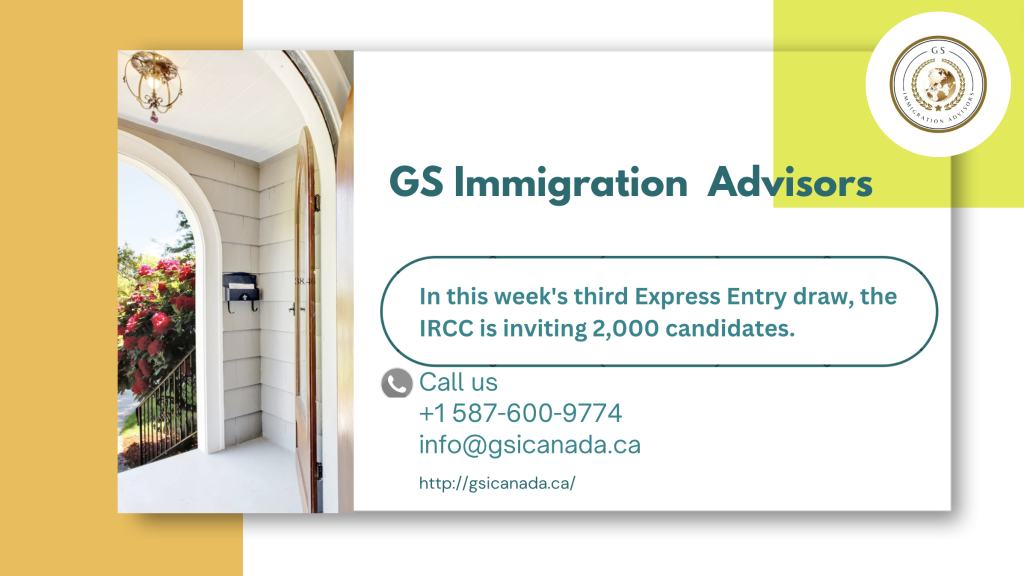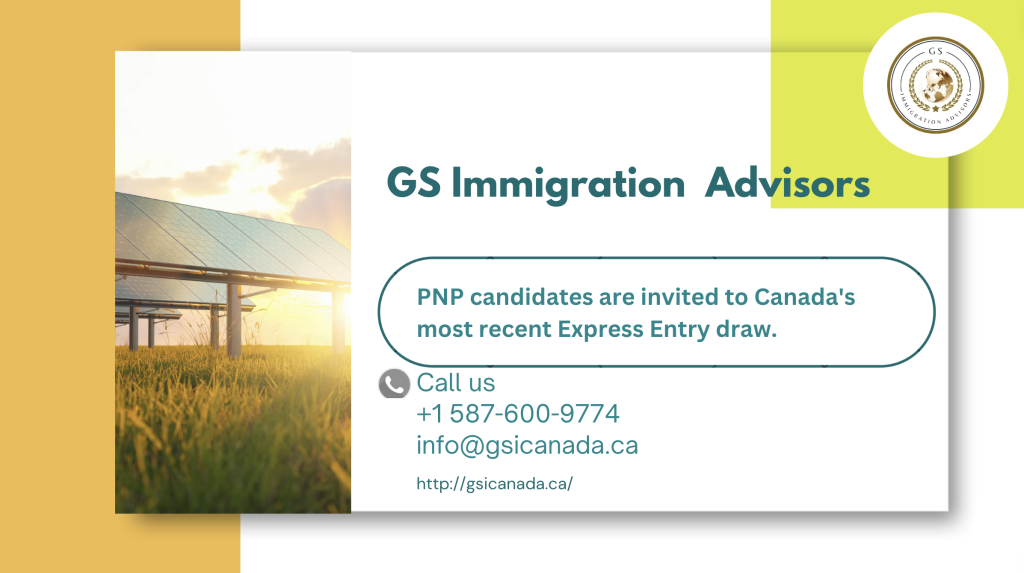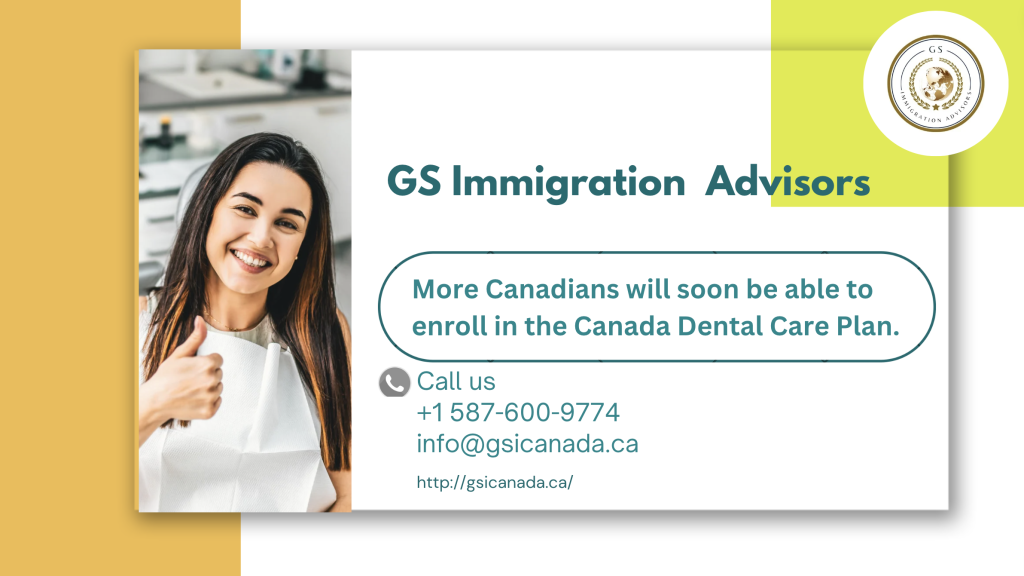“British Columbia and Prince Edward Island Invite New Candidates in Latest Provincial Nomination Draws”
Through the Provincial Nominee Program (PNP), two Canadian provinces have invited candidates to submit nomination applications. To assist disseminate the […]

